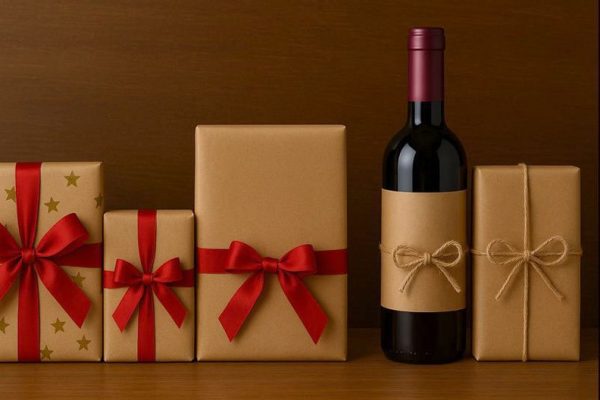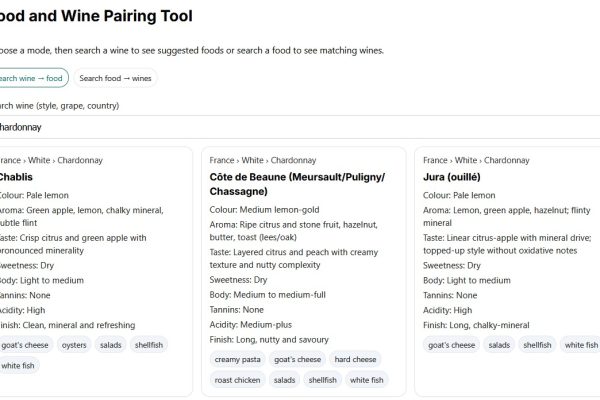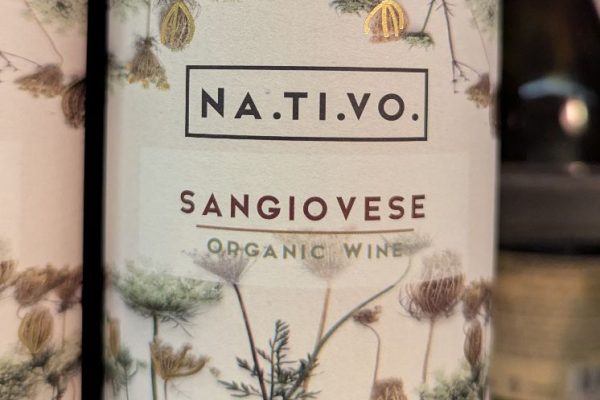
This Champagne, primarily from the 2019 vintage, is a blend of 45% Pinot Noir, 30% Chardonnay, and 25% Meunier, with an ABV of 12.5%. This wine has gained high praise, winning accolades from critics such as James Suckling, Wine Spectator, Decanter and Robert Parker. It has also earned a Gold Medal at the Concours des Vins and recognition from the Revue des Vins de France.
The champagne’s striking salmon hue comes from the addition of 15% still red wine made from the finest Pinot Noirs of Montagne de Reims and Les Riceys. The colour is slightly deeper than your typical still rosé, suggesting a bolder profile.
Upon pouring, a strong mousse forms, indicative of its refined bubbles. On the nose, soft aromas of peach and a hint of citrus present themselves delicately, steering away from the fuller brioche and apple notes found in many champagnes. Instead, this rosé leans more towards elegant red fruits like strawberry and raspberry, which carry through on the palate. The time spent on lees, combined with a potentially unique choice of yeast, imparts a subtle yet desirable fuller character that enhances the complexity without venturing into the pastry or buttery spectrum. This is a champagne that delivers a fuller mouthfeel, which, when rolled over the tongue, reveals an impressive depth of flavour.
The wine is off-dry, full-bodied and smooth, with a long, satisfying finish. The feedback I received when sharing it with family and friends ranged from “very drinkable” to “slips down easy”, which encapsulates its appeal. For those who appreciate their champagne with a fruity edge yet still want the classic champagne mouthfeel, Taittinger Prestige Rosé NV is a great choice.
Priced around £42 to £45, sometimes coming in a presentation box, it’s available at Sainsbury’s, Morrisons, Majestic, Tesco, Ocado, Waitrose, and online at ChampagneDirect.co.uk, TheChampagneCompany.com, Drinx.com and Champagne King.













